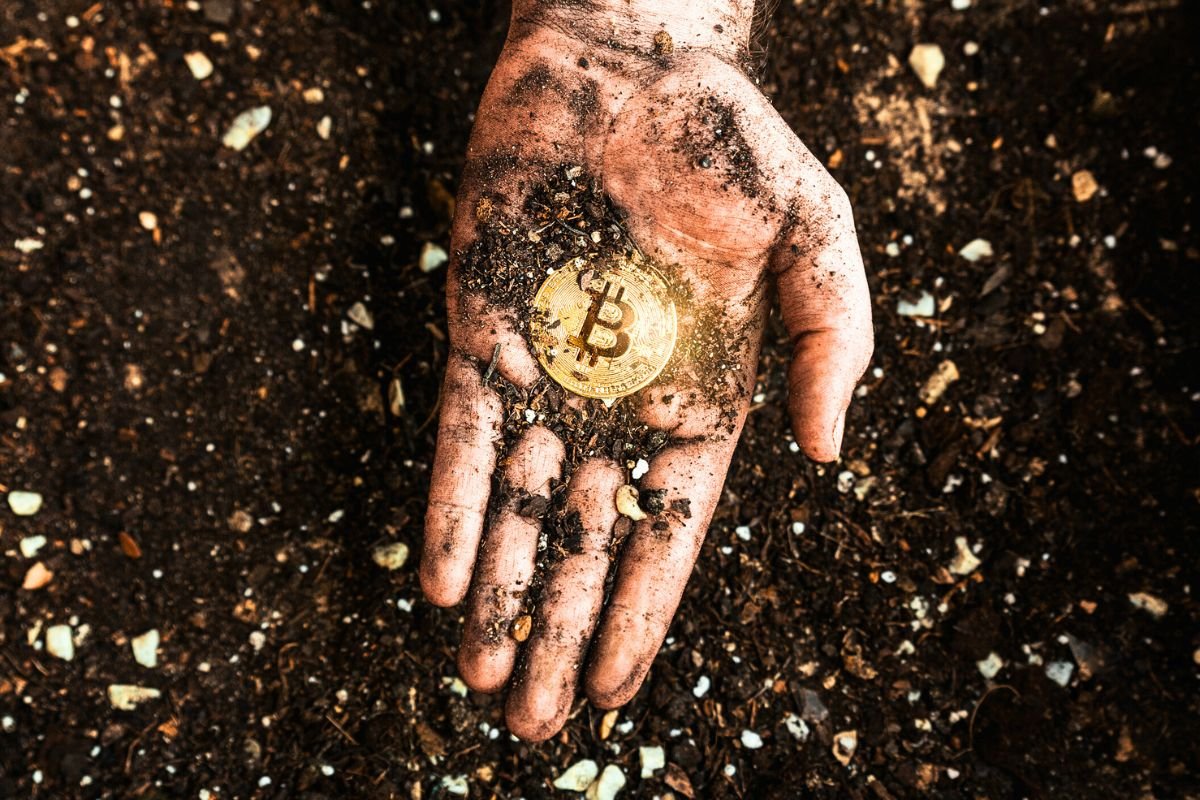
What exactly is cryptocurrency mining and how does it work?
- Why Happiness Is the Real Currency—Better Than Any Crypto Investment - November 11, 2025
- How to start investing in cryptocurrency the smart way - September 1, 2025
- The 5 mistakes to avoid if you want to invest in crypto safely - August 31, 2025
When people talk about Bitcoin mining, it often conjures up images of pickaxes and underground tunnels. In reality, mining has nothing to do with hard hats and coal dust. Instead, it’s about solving complex equations that keep cryptocurrencies like Bitcoin and Ethereum secure, while also generating new coins. But how does this process really work — and why does it consume so much energy?
Understanding the blockchain
To grasp mining, you first need to understand the blockchain. Think of it as a giant shared digital ledger, like a notebook where every participant records transactions. The catch? Everyone has a copy, no one is in charge, and entries must match across all versions. This makes it decentralised, meaning no single authority — like a bank — controls it.
The challenge is ensuring the information is consistent and tamper-proof. That’s where mining comes in: it validates new transactions and secures the system through what’s known as a consensus protocol.
Proof of work: solving equations for coins
Bitcoin and many other cryptocurrencies use a system called proof of work. Here’s how it works: miners compete to solve a difficult mathematical puzzle using vast computing power. The first to crack it gets to validate a “block” of transactions. Once verified, the block is added to the chain, and the miner earns a reward — currently 6.25 bitcoins per block.
Claire Balva, a blockchain specialist at KPMG, compares it to guessing the code to a locked door: finding the right answer takes countless attempts, but once you’ve got it, anyone can quickly confirm it’s correct.
This constant competition explains why Bitcoin mining is so energy-intensive. The combined computing power, or hashrate, has skyrocketed over the years, making puzzles harder. To maintain balance, the network automatically adjusts the difficulty every two weeks so that, on average, a block is mined every ten minutes.
Proof of stake: money talks
Ethereum and other projects are moving towards a different system called proof of stake. Instead of racing to solve equations, validators must “stake” — or lock up — a certain amount of cryptocurrency to earn the right to process transactions. On Ethereum, that figure is 32 ETH, a serious commitment.
Validators are chosen at random to approve blocks, but if they act dishonestly or fail to do the work, they can lose some of their stake. The incentive structure makes the system secure without the same energy demands as proof of work.
Other blockchains, like Cardano and Tezos, use variations of this model, sometimes allowing smaller holders to delegate their coins to validators in exchange for a share of the rewards.
What about stablecoins and tokens?
Not every digital currency is mined. Stablecoins, like USDT or USDC, are pegged to real-world currencies such as the dollar or euro. Since they usually run on existing blockchains like Ethereum, they don’t have their own mining process. Instead, their creation is governed by smart contracts, which automatically manage supply.
Similarly, many smaller digital assets are tokens, not coins. The difference? Coins run on their own blockchain, while tokens exist on someone else’s. Tokens can be launched without the heavy infrastructure of mining — which is why so many new projects appear each year.
Why mining matters
Whether it’s proof of work or proof of stake, mining is the backbone of the crypto world. It ensures security, transparency, and trust in systems that otherwise have no central authority.
But it also comes with big questions: energy consumption, environmental impact, and how fair or accessible different models are. What’s certain is that mining — in one form or another — will remain central to the evolution of cryptocurrency.
In short, mining isn’t about swinging pickaxes. It’s about powering the digital gold rush — one equation at a time.
You may also like
Calendar
| M | T | W | T | F | S | S |
|---|---|---|---|---|---|---|
| 1 | 2 | 3 | 4 | 5 | 6 | 7 |
| 8 | 9 | 10 | 11 | 12 | 13 | 14 |
| 15 | 16 | 17 | 18 | 19 | 20 | 21 |
| 22 | 23 | 24 | 25 | 26 | 27 | 28 |
| 29 | 30 | 31 | ||||


